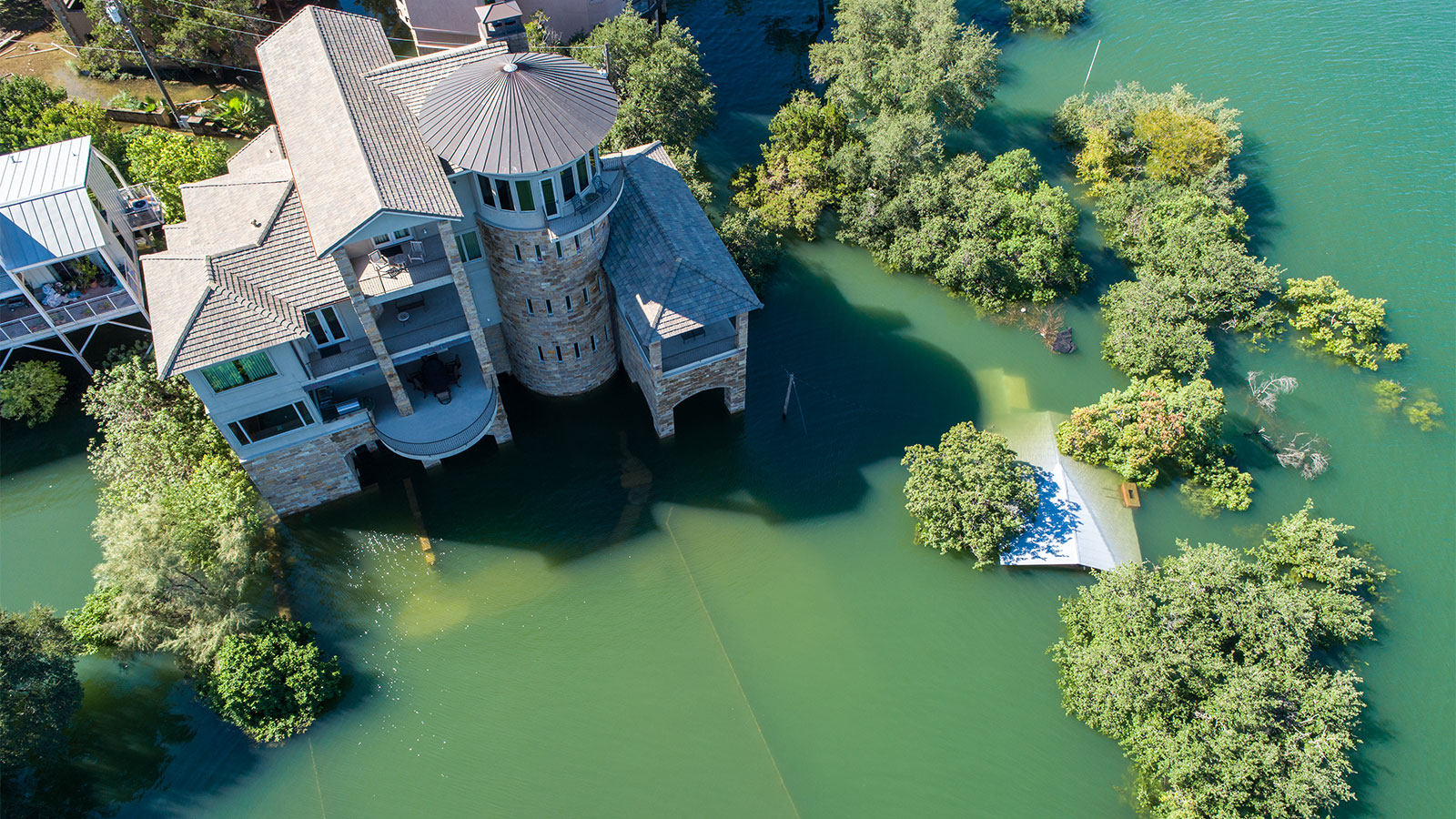Reforms to the federal program designed to bring equity to flood insurance rates entered their second phase on Friday, bringing new rates for millions of homeowners currently holding policies.
The Federal Emergency Management Agency, or FEMA, which oversees the program, says the new rubric will more fairly assess flood risks when it calculates insurance premiums. That approach, Risk Rating 2.0, takes into account a home’s individual flood history and rebuilding costs.
David Maurstad, senior executive of the National Flood Insurance Program, called the upgrade “long overdue” in a statement announcing the changes last year. “Now is the right time to modernize how risk is identified, priced, and communicated,” he said. “By doing so we empower policyholders to make informed decisions to protect their homes and businesses from life-changing flooding events that will strike in the months and years ahead due to climate change.”
The new system marks a major shift in the program’s approach to risk analysis, first established in 1968. Until now, assessments were largely based on a given home’s square footage and elevation relative to the “100-year flood plain,” a swathe of land expected to flood in a major storm.
Under that system, homeowners at similar elevations — even if one was far inland and the other, on the coast — might have paid similar rates. “The way we were pricing insurance wasn’t fair,” said Rob Moore, a senior policy analyst at the Natural Resources Defense Council. “People in relatively low-risk areas paid more than they should and people in relatively high-risk areas paid less than they should.” Home by home, the new rubric takes a much closer look to determine each property’s unique flood risk.
The transition to the new model was broken into two phases. On October 1, the new structure went into effect for homeowners opening new policies. Friday marked the point at which the new system takes effect for current policyholders. For those whose rates will go up, the rates will increase over time until they reach the new premiums, with increases capped at 18 percent each year. Around 20 percent of homeowners are expected to pay less for coverage, Moore noted.
In effect, the homes that will see the steepest price hikes are the highest-value properties right on the coast. But considering their risk levels, owners of such homes have long paid relatively low premiums, which were subsidized by their inland neighbors, often lower-income communities.
Lawmakers in states like Florida and Louisiana — where residents face rising seas and therefore expect swelling premiums — have raised concerns that homeowners would sooner cancel coverage entirely rather than pay higher rates. “FEMA is making flood insurance unaffordable for Louisianians,” Senator John Kennedy of Louisiana said in a statement.
Still, advocates say the much-needed upgrade is essential for understanding the risks posed by extreme weather. The new method “will provide property owners information on their full risk rates,” wrote advocates and experts last September, in a letter expressing their support of FEMA’s efforts.
The updates may also communicate the growing unsuitability of homes in desirable, but flood-prone areas, such as affluent stretches of the Florida or New Jersey coast. “Hopefully it sends a bit of a price signal that maybe people would be better off living somewhere else,” Moore said. “But if you’re building a big home on the beach, the price of flood insurance is probably not going to be a determining factor.”
Editor’s note: The Natural Resources Defense Council is an advertiser with Grist. Advertisers have no role in Grist’s editorial decisions.



